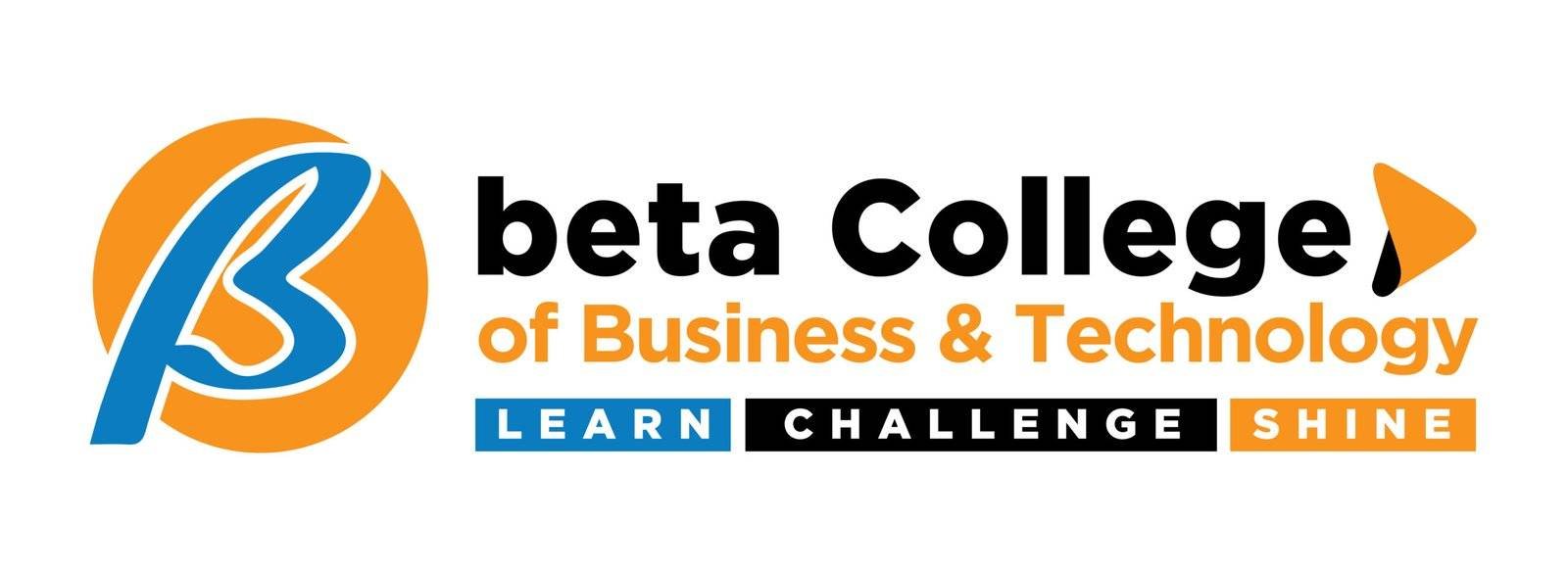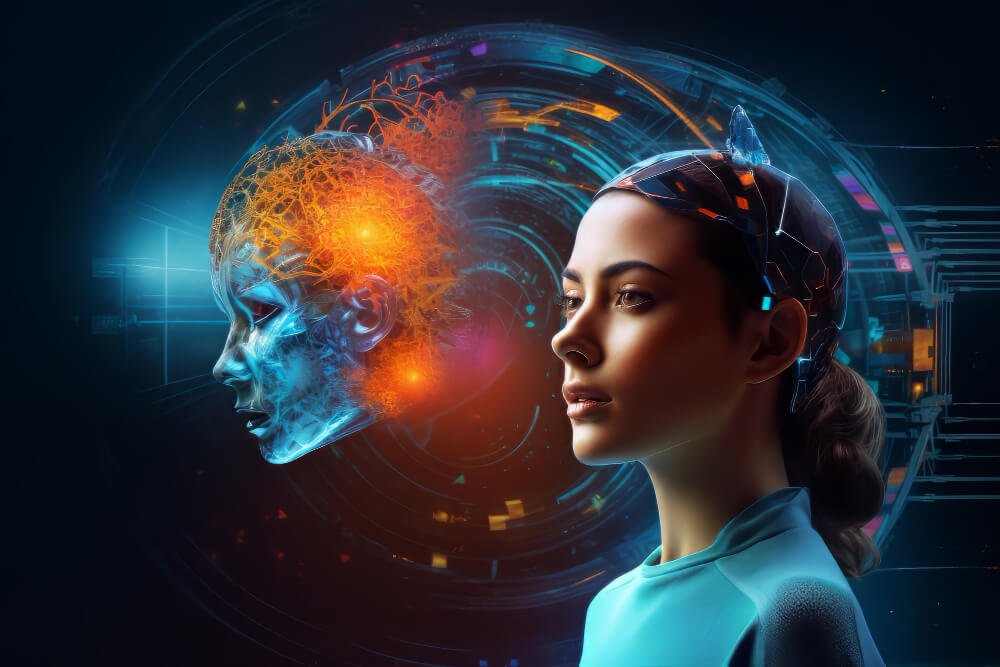It refers to artificial intelligence systems that can create new, original content by learning from existing data. Unlike traditional AI, which analyzes or classifies information, Generative AI can “imagine” and produce entirely new data. This capability stems from models designed to capture complex patterns in the data they’re trained on, which they then use to generate unique outputs, whether it’s text, visual art, music, or even complex video simulations.
1. Generative AI vs. Traditional AI
- Traditional AI: Excels at performing pre-defined tasks, such as image classification, data processing, or decision-making based on structured data.
- Generative AI: Goes beyond by creating new data that didn’t previously exist, offering a creative, generative approach.
2. How Generative AI Works: The Technology Behind It
Generative AI’s core lies in deep learning and advanced neural network architectures that include Generative Adversarial Networks (GANs), Variational Autoencoders (VAEs), and Transformer-based models. Here’s a closer look at these technologies:
Generative Adversarial Networks (GANs)
GANs were developed by Ian Goodfellow in 2014 and have since become fundamental in Generative AI. They consist of:
- Generator: Creates synthetic data.
- Discriminator: Judges the authenticity of the generated data, distinguishing between real and fake content.
As these two networks compete, they refine each other’s performance, resulting in highly realistic outputs over time.
Variational Autoencoders (VAEs)
VAEs are another type of neural network that encodes data into a latent (compressed) space, which it can then decode back into data. VAEs are particularly effective in generating slightly altered versions of data or handling tasks requiring high-quality representations of complex data.
Transformer-Based Models (e.g., GPT, BERT)
Transformers have been revolutionary for natural language processing (NLP). These models use attention mechanisms to understand language contextually, making them ideal for generating human-like text. Generative models like GPT-3 or GPT-4 use these architectures to predict and generate the next word in a sequence based on previous input.
3. Industry Applications
Generative AI’s versatility has led to widespread adoption across industries:
- Healthcare
- Drug Discovery: Generative models can simulate molecular structures, accelerating the drug discovery process by identifying viable compounds faster.
- Medical Imaging: AI can create detailed scans for analysis, assisting doctors in making quicker, more accurate diagnoses.
- Synthetic Data Generation: AI-generated medical data can supplement training datasets for machine learning in cases where real data is scarce or protected by privacy laws.
- Finance
- Fraud Detection: Generative AI can simulate fraudulent activities to train models, enhancing fraud detection accuracy.
- Algorithmic Trading: Generative AI models help simulate financial scenarios, helping traders develop more effective trading algorithms.
- Personalized Financial Advice: Generative AI can generate tailored content, such as personalized investment strategies or financial reports.
- Education
- Automated Content Creation: Generative AI can create quizzes, lessons, and supplementary materials based on the curriculum.
- Adaptive Learning: Personalized content generation helps address individual student needs, boosting learning outcomes.
- Retail and E-Commerce
- Product Recommendations: Generative AI can generate personalized recommendations by analyzing user behavior, preferences, and browsing history.
- Visual Search and Augmented Reality (AR): Retailers use AI to generate images, simulate products in users’ environments, or enhance AR shopping experiences.
- Virtual Customer Support: AI-powered bots assist customers, reducing wait times and improving support quality.
- Entertainment
- Game Development: Generative AI creates characters, scenes, and assets, saving time and adding diversity to gaming environments.
- Music and Film Production: AI-generated music scores or CGI characters aid creative teams, often as foundational elements for larger productions.
4. Recent Advancements in Generative AI
Several advancements have propelled Generative AI into the mainstream:
- Scaling Models with Massive Datasets: Training on larger datasets has allowed Generative AI to perform better in complex tasks, such as simulating human language and creating detailed imagery.
- Improved Algorithms for Image and Video Generation: Diffusion models and advancements in GANs have made AI-generated visuals more realistic, giving artists and filmmakers sophisticated tools for content creation.
- Cross-Modal Generative Models: Newer models can work across modalities, such as generating images from text (e.g., DALL-E) or generating video from short clips, expanding Generative AI’s versatility.
5. Popular Generative AI Tools
- ChatGPT: A versatile language model for conversational AI and content generation.
- DALL-E: Known for generating images based on text prompts, DALL-E is popular among digital artists and designers.
- Midjourney: An AI platform for creating high-quality, artistic images from text descriptions.
- Stable Diffusion: An open-source image generator that allows users to create visuals from descriptive inputs.
- DeepArt: Primarily for artists, DeepArt uses deep neural networks to generate unique artwork based on specific stylistic input.
6. Generative AI in Business: A Game-Changer
Businesses are using Generative AI for several high-impact purposes:
- Marketing: AI-generated content for advertisements, social media, and product descriptions.
- Product Design: Generative models help design new products by simulating customer preferences or iterating on existing designs.
- Customer Insights: AI helps analyze customer sentiment and generate insights that inform product strategy and customer service.
7. Regulatory and Ethical Landscape
As Generative AI evolves, regulators are establishing frameworks to address its ethical and social impacts. Key areas of focus include:
- Data Privacy and Security: Ensuring that it does not compromise user data or privacy, especially when creating synthetic data.
- Bias and Fairness: Regulators are pushing for transparency in model training and evaluation to prevent bias.
- Content Authenticity: Laws are being considered to mandate watermarking or disclosure of AI-generated content, especially in media and journalism, to combat misinformation.
8. The Future of Generative AI: Opportunities and Challenges
The future of Generative AI is promising but requires careful navigation:
- Interdisciplinary Innovation: AI’s integration across sectors could spur groundbreaking developments, especially in personalized medicine, smart cities, and sustainable energy.
- Enhanced Human-AI Collaboration: Generative AI is evolving toward becoming a co-creator rather than a replacement, allowing humans and AI to work synergistically.
- Ethical Governance: Policymakers are likely to introduce more comprehensive AI laws, ensuring technology benefits society without compromising ethical standards.
Conclusion:
Generative AI is reshaping industries, transforming business models, and driving new frontiers in creativity. From healthcare to entertainment and business, this technology is a powerful force that empowers individuals and organizations to push boundaries and think differently. However, as we venture into the future, balancing innovation with responsibility will be key to harnessing Generative AI’s full potential.
By staying informed about its advancements, applications, and challenges, we can work towards an era where Generative AI is a positive, transformative force, making complex tasks simpler and empowering people worldwide.



 by Cosmiqe Digital
by Cosmiqe Digital